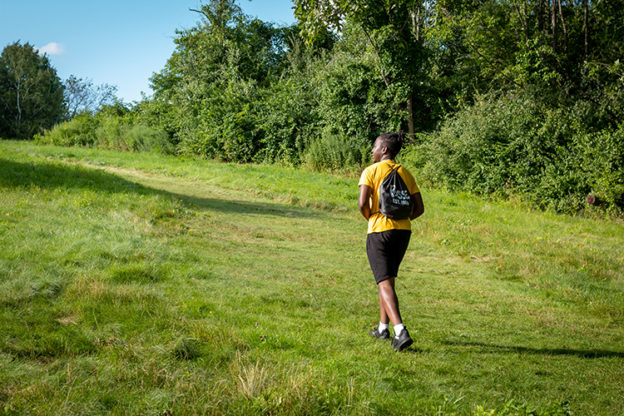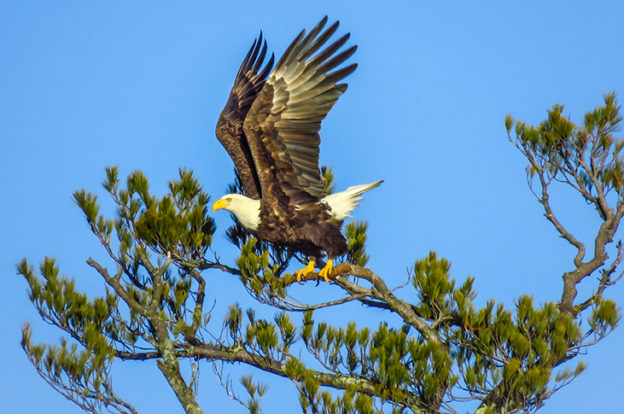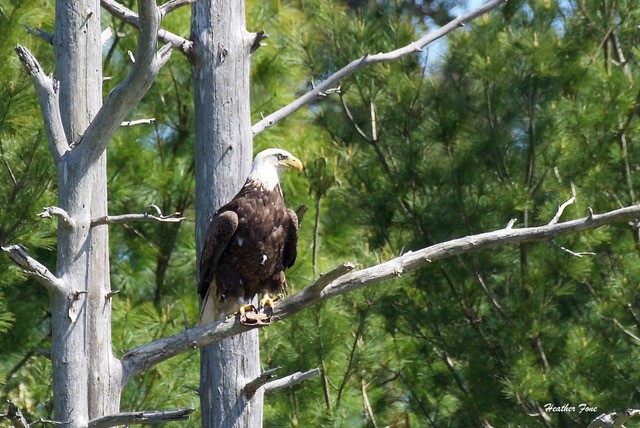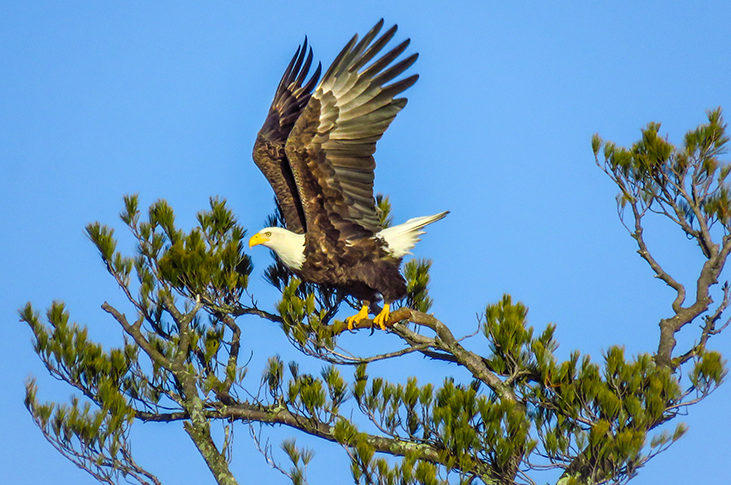Today is Juneteenth, a day that commemorates the end of slavery in the United States. This year, we will honor the day by learning, reflecting, and actively listening.
One of our goals at Mass Audubon is to make our wildlife sanctuaries more welcoming and safer spaces for everyone. In order to accomplish this, we need to better understand the challenges that Black and Brown people face when trying to experience, celebrate, and enjoy the outdoors.
We hope you will join us today by taking time to watch, listen, and read some of the following stories.
Watch
Birding While Black Livestreams Session 1 and Session 2: As part of Black Birders Week, National Audubon hosted two livestream candid conversations.
Listen
Being ‘Outdoorsy’ When You’re Black Or Brown: NPR’s Code Switch podcast explores what it means to be a person of color outdoors and the organizations and individuals pushing the boundaries of what “being outdoorsy” looks like.
Read
Birding While Black: J. Drew Lanham’s 2016 essay on race, belonging, and a love of nature.
It’s Time to Build a Truly Inclusive Outdoors: Corina Newsome speaks to National Audubon on the difficult conversations the birding community must face.
I’m a Black Climate Expert. Racism Derails Our Efforts to Save the Planet: Ayana Elizabeth Johnson’s op-ed in the Washington Post on why stopping climate change is hard enough, but racism only makes it harder.
Being Black While in Nature: You’re an Endangered Species: The Guardian’s Poppy Noor shares the defense mechanisms Black nature-lovers have to employ.
Read Up on the Links Between Racism and the Environment: The New York Times provides a list of essential reading.
Black Women Who Bird Take the Spotlight to Make the Presence Known: As part of Black Birders Week, women are sharing their love of the outdoors and the challenges they face in them via National Audubon.





